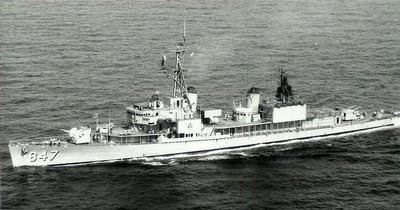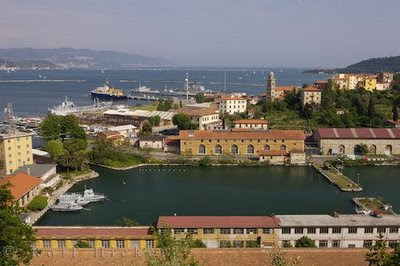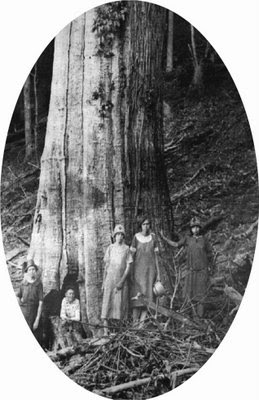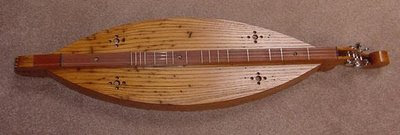
The Italian Riviera
In the summer of 1961, I was scheduled to go on my senior Midshipman cruise. Standard practice was that the Navy would send a "shopping list" of available billets to each NROTC unit. The top-ranked Midshipman would get first choice, the second-ranked would get the next choice, and so on. I was the third or fourth to make my choice. I remember being torn among three options -- a submarine cruise (tempting, since I was considering sub school), an arctic cruise on an icebreaker, or a mediterranean cruise on a destroyer. I chose the third option and chose to go to France and Italy.
We left Norfolk, Virginia, on the USS James C. Owens (DD-776) and spent a couple of weeks getting to the Straits of Gibralter. On board the Owens, we had about twenty midshipmen, some from the Naval Academy, and several from NROTC units. I recall that Rochester, Villanova, Auburn, Vanderbilt, and Iowa State were represented. When we arrived in the Med, 10 of us were transferred to the USS Robert L. Wilson (DD-847), which at that time was the flagship of Destroyer Squadron 32.

U.S.S. R.L. Wilson (DD-847)
| Capt. Isaac C. Kidd, Jr., USN, in 1961 |
The Commodore, who was known to his friends and colleagues as Ike, was born into a Navy family in Cleveland and had graduated from the United States Naval Academy in 1942. His father, Rear Admiral Isaac Kidd Sr., was killed in the Japanese attack on Pearl Harbor on Dec. 7, 1941, aboard his flagship, the battleship Arizona. Admiral Kidd, Sr., was posthumously awarded the Medal of Honor.
Shortly after we arrived on board, the Commodore announced that he wanted one of the midshipmen to serve on his staff. The fellows from the Naval Academy were tripping over one another trying to figure out a way to be selected. Isaac Kidd was extremely well known and was assumed to be a shoo-in for Chief of Naval Operations in the future. Ultimately, the Commodore's Flag Lieutenant drew a name from a hat. I was the lucky selectee.
I became the "Flag Midshipman" for the duration. Essentially, I became attached at the hip to the Flag Lieutenant. I even dined every evening with him and the Commodore. It was a wonderful assignment. The Commodore was a passionate military man, very disciplined and expecting the same from those around him. He clearly loved what he did.
Soon after we reported to the Wilson, the ship pulled into Beaulieu-sur-Mer, France, where we celebrated the 4th of July. I took a bus to visit Monaco. I had just finished reading James Michener's "Hawaii," and I visited the Oceanographic Museum in Monte Carlo that was described in the book. After we left France, the next several days were filled with multiple-ship exercises involving carrier operations and anti-submarine warfare. Admiral George W. Anderson, Jr. was the 6th Fleet Commandant. As a long-standing friend of Isaac Kidd, he sent several challenges to our squadron. Ike Kidd relished every one.
At one point, a submarine periscope was sighted in the wake of the USS Wasp (CV-18), the carrier that we were following close aboard in "plane guarding" station. We broke away from the carrier formation to pursue the sub for the next thirty-six hours. We recorded Russian language conversations when listening to the submarine on our passive sonar. Ultimately the submarine surfaced. It was American! Admiral Anderson had planted it, along with several Russian-speaking officers, as a challenge to our Commodore. We had passed the challenge by not losing track of the unidentified submarine.
I learned a great deal. For a few days, we participated in the filming of producer Darryl Zanuck's "The Longest Day," a film about the Normandy invasion. (We actually "invaded" a desolate part of Cyprus that had terrain similar to the beaches and cliffs of Normandy.)
And then unexpectedly, we developed some serious boiler malfunctions and had to enter port for repairs. I was initially very disappointed. We anchored at the newly-reconstructed Italian naval base at LaSpezia, on the eastern end of the Italian riviera.

The La Spezia Naval Base
Commodore Kidd called me to his stateroom the morning of our arrival. He pointed to the hills overlooking the city. He informed me that he and his wife owned some property and might retire to this area some day. He was a man who appreciated places of great beauty.
Then he made an interesting proposal. He suggested that it would be a shame for a young Midshipman like myself to remain on a ship under repair when there was so much to see in Italy. He informed me that his wife was having a marble table top made in a shop in Pisa. If I was interested in seeing Italy, he suggested that I go on shore leave and asked only that I pick up the marble table top on my way back to the ship. He also advised me that when I returned I would be responsible for coordinating the air transportation that would carry all the midshipmen in the Mediterranean back to the US.
I couldn't believe it! I countered with a request. One of the other midshipmen spoke fluent Italian, so I asked the Commodore if that gentleman could accompany me. He agreed without hesitation. That is why for the next week and a half, Nick Valenti and I went to Pisa and Florence. The plan was to continue on to Rome and then go to Venice and then back to Pisa to retrieve the table top. But Florence proved so enchanting that we couldn't leave it. We ran into some teachers from Kansas who were on their way to Egypt to teach in a military school. We spent every day, accompanied by our new friends, sightseeing and visiting art galleries and eating marvelous Italian cuisine.
I returned to the ship in one piece along with Mrs. Kidd's table top. I followed the Commodore's career in the years that followed. He never did become CNO, but I believe that was all about politics. Coincidentally, he headed the investigation into the Liberty incident, which I have cited in this blog. He did become Supreme Allied Commander Atlantic, Commander in Chief Western Atlantic Area, Commander in Chief Atlantic and Commander in Chief U.S. Atlantic Fleet in 1975. He retired in 1978 with over 40 years of naval service. The Commodore who treated me so kindly passed away in 1999 at the age of 79.









